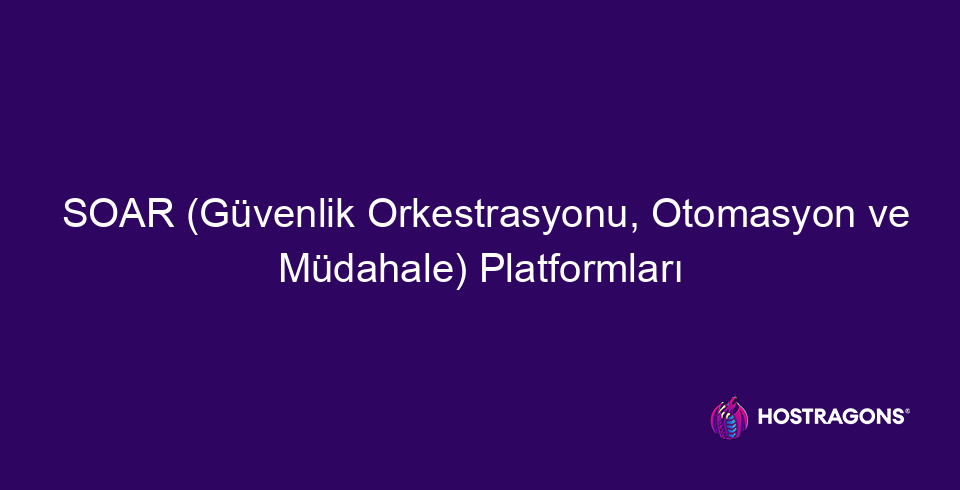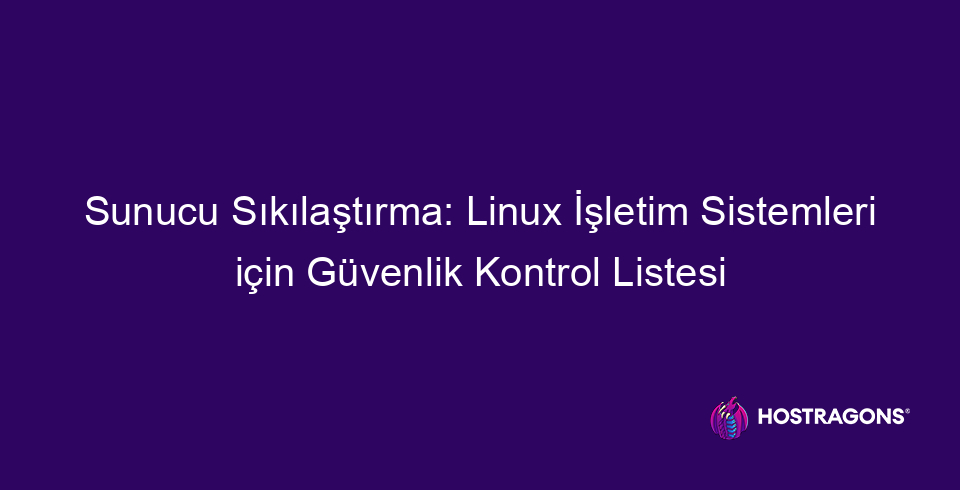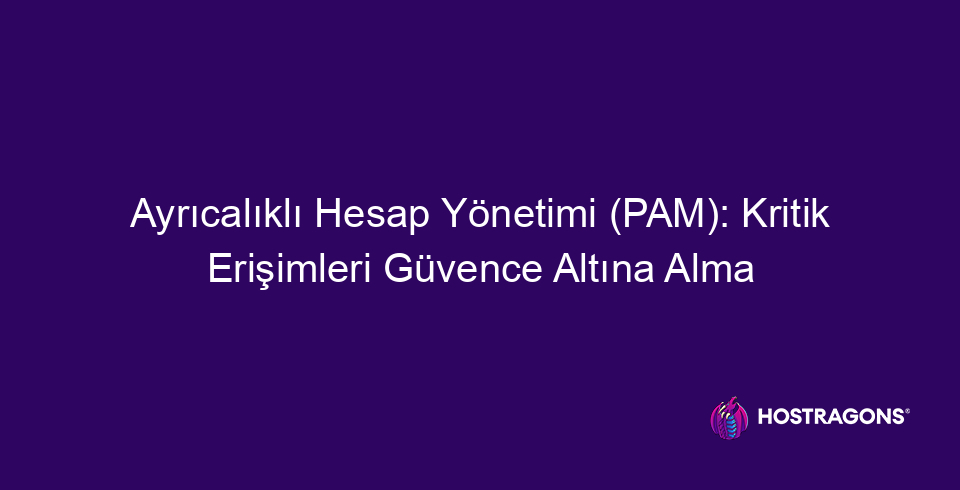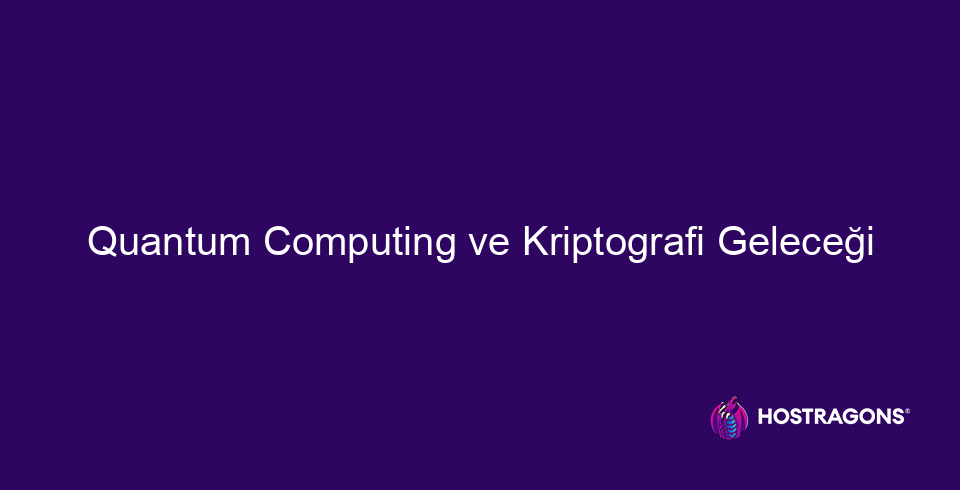Free 1-Year Domain Offer with WordPress GO Service

SOAR (Security Orchestration, Automation and Response) Platforms
This blog post provides a comprehensive overview of SOAR (Security Orchestration, Automation and Response) platforms, which have an important place in cyber security. It explains in detail what SOAR is, the advantages it provides, the features to consider when choosing a SOAR platform and its key components. It also focuses on the use cases of SOAR in prevention strategies, real-world success stories and potential challenges. Tips to consider when implementing a SOAR solution and the latest developments in SOAR are also shared with readers. Finally, a look at the future of SOAR deployment and strategies sheds light on current and future trends in this area. What is SOAR (Security Orchestration, Automation and Response)?
Continue reading

Security Challenges and Solutions in Microservices Architecture
Microservice architecture is becoming increasingly popular for the development and deployment of modern applications. However, this architecture also brings significant security challenges. Security risks in microservices are caused by factors such as distributed nature and increased communication complexity. In this blog post, we focus on the dangers that arise in microservices architecture and strategies that can be used to mitigate these dangers. It examines in detail the precautions to be taken in critical areas such as identity management, access control, data encryption, communication security and security testing. It also discusses ways to prevent security failures and make microservices architecture more secure. The Importance of Microservices Architecture and Security Challenges Microservices architecture is one of the most important...
Continue reading

Server Hardening Security Checklist for Linux Operating Systems
Server Hardening is a vital process for improving the security of server systems. This blog post provides a comprehensive security checklist for Linux operating systems. First, we explain what server hardening is and why it is important. Then, we cover the basic vulnerabilities in Linux systems. We detail the server hardening process with a step-by-step checklist. We examine critical topics such as firewall configuration, server management, hardening tools, security updates, patch management, access control, user management, database security best practices, and network security policies. Finally, we provide actionable strategies for strengthening server security. What is Server Hardening and Why is It Important? Server hardening is a...
Continue reading

Incident Response Automation Scripts and Their Uses
This blog post examines the incident response process and the automation scripts used in this process in detail. It explains what incident response is, why it is important, and its stages, while also touching on the basic features of the tools used. The article discusses the areas of use and advantages/disadvantages of commonly used incident response scripts. In addition, an organization's incident response needs and requirements are presented along with the most effective strategies and best practices. As a result, it is emphasized that incident response automation scripts play a critical role in responding to cybersecurity incidents quickly and effectively, and recommendations are made for improvements in this area. What is Incident Response and Why is it Important? Incident Response (Incident...
Continue reading

Identity and Access Management (IAM): A Comprehensive Approach
This blog post provides a comprehensive look at Identity and Access Management (IAM), a critical topic in today’s digital world. It examines in detail what IAM is, its basic principles, and access control methods. It explains the stages of the identity verification process, how to create a successful IAM strategy, and the importance of choosing the right software. It evaluates the advantages and disadvantages of IAM implementations, and discusses future trends and developments. Finally, it provides best practices and recommendations for IAM, helping organizations strengthen their security. This guide will help you understand the steps you need to take to ensure your identity and access security. What is Identity and Access Management? Identity and Access Management (IAM),...
Continue reading

Privileged Account Management (PAM): Securing Critical Access
Privileged Account Management (PAM) plays a vital role in protecting sensitive data by securing access to critical systems. The blog post examines privileged account requirements, processes, and ways to leverage security in detail. The advantages and disadvantages of privileged account management, different methods, and strategies are discussed. The necessary steps to ensure critical access, secure data management, and best practices in light of expert opinions are highlighted. In conclusion, the steps to be taken in privileged account management are summarized, aiming to strengthen organizations’ cybersecurity posture. A good privileged account solution should be indispensable for companies. What is Important in Privileged Account Management? Privileged account management (PAM) is a critical...
Continue reading

Operating Systems Security Hardening Guide
This blog post highlights the critical importance of operating system security and offers ways to protect against cyber threats. It provides information on a wide range of topics, from basic security principles to security vulnerabilities and solutions. While examining security hardening tools, software, and standards, the importance of operating system updates and data encryption is emphasized. Network security, control mechanisms, user education, and awareness-raising are discussed, and the steps to creating an effective security strategy are explained. This comprehensive guide contains valuable tips for anyone who wants to make their operating systems more secure. The Importance of Operating System Security In today's digital world, operating systems form the foundation of computer systems and networks. Operating systems manage hardware resources,...
Continue reading

The Future of Quantum Computing and Cryptography
This blog post explores the complex relationship between quantum computing and the future of cryptography. Starting with a basic introduction to what quantum computing is, the post explores the history of cryptography and its possible future evolution. The basic features of quantum computers and the advantages and disadvantages of quantum cryptography are examined in detail. The post also discusses the application areas of quantum cryptography and the potential development of future quantum computers. It provides a comprehensive overview of the future of cryptography and quantum computing by presenting critical experiences, success stories, key points, and recommendations for the future. Introduction: What is Quantum Computing? Quantum computing is a technology that performs computations using the principles of quantum mechanics, unlike traditional computers. It uses...
Continue reading

Hardening Operating Systems: Hardening Against Cyber Attacks
Hardening of operating systems is a critical process for increasing the security of systems against cyberattacks. It involves closing vulnerabilities in ‘Operating Systems’, disabling unnecessary services, and tightening authorization controls. Hardening helps prevent data breaches, ransomware attacks, and other malicious activities. This process includes steps such as regularly updating the operating system, using strong passwords, enabling firewalls, and using monitoring tools. There are specific hardening methods for different operating systems, and successful strategies are based on risk assessment and continuous monitoring. It is important to avoid common mistakes such as misconfigurations and outdated software. Effective hardening increases the resilience of systems, thus reducing cyberattacks...
Continue reading

Security in SCADA and Industrial Control Systems
SCADA and Industrial Control Systems (ICS) play a vital role in the management of critical infrastructures and industrial processes. However, it is of great importance to protect these systems against the increasing threat of cyber attacks. In our blog post, we focus on the importance of SCADA systems, the security threats they face and the precautions that should be taken. We examine the protocols that can be applied for SCADA security, legal regulations, physical security measures and the risks of incorrect configurations. We also aim to help you increase the security of your SCADA systems by providing information on the necessity of training programs and best practices for secure SCADA systems. The Importance of SCADA and Industrial Control Systems In today's modern industrial operations, SCADA (Supervisory Control and Data Acquisition) and industrial control systems play a vital role...
Continue reading

